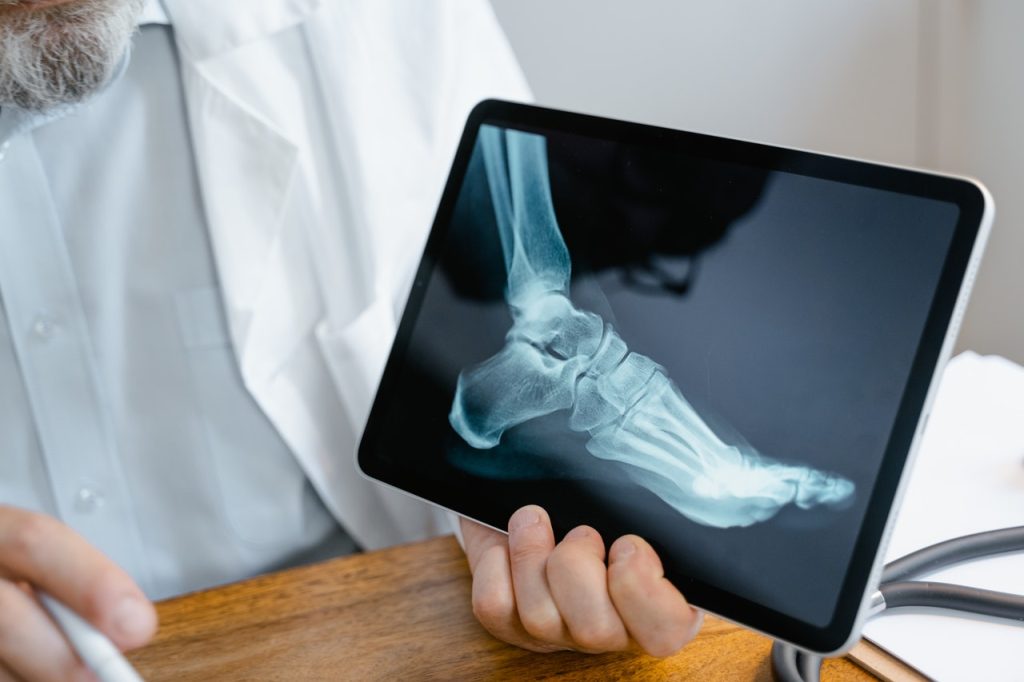Metabolic Syndrome Increases Gout Risk Nearly Four-fold

In a population-based study published in Arthritis & Rheumatology, researchers found that men with metabolic syndrome (MetS) and those who developed MetS – especially those with the MetS components of elevated triglycerides and abdominal obesity – were at higher risk of developing gout.
Gout is one of the most common causes of chronic inflammatory arthritis, characterised by monosodium urate (MSU) monohydrate crystals deposition in the tissues.
Dietary sources that can contribute to hyperuricemia and gout include the consumption of animal food such as seafood (eg, shrimp, lobster), organs (eg, liver and kidney), and red meat (pork, beef). Some drinks like alcohol and sweetened drinks may also contribute to this disease. Epidemiological studies reported an increased disease burden of gout, which is largely explained by lifestyle changes like increased protein consumption and a sedentary lifestyle.
The study included nearly 1.3 million men aged 20–39 years who participated in three serial health check-ups at two-year intervals. Among these participants, 18 473 developed gout, and those with MetS at all checkups had a nearly four-fold higher risk than participants who were MetS-free. Development of MetS more than doubled the risk of incident gout. Conversely, recovery from MetS reduced incident gout risk by nearly half.
Among MetS components, changes in elevated triglycerides and abdominal obesity displayed the greatest association with altered risk of incident gout. Age was also a factor: associations among MetS changes and incident gout were more pronounced in subjects in their 20s than subjects in their 30s and in subjects who were under- or normal weight.
“This is the first large-scale study to explore the association between dynamic changes in MetS and risk of gout,” said co–corresponding author Jaejoon Lee, MD, PhD of the Sungkyunkwan University School of Medicine, in South Korea. “Prevention and recovery from MetS can significantly lower the risk of gout in young adults.”
Source: Wiley





